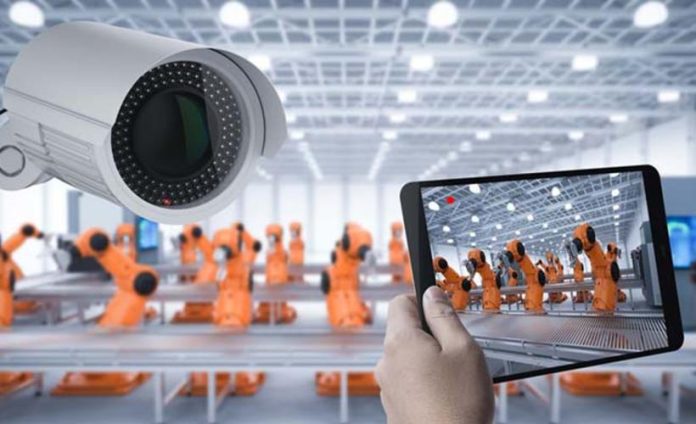Real-time video analytics enable real-time monitoring and control
5G’s main features — namely high speed, ultra-low latency, and secure connectivity — are already enabling a widespread adoption of innovative solutions for the smart manufacturing field, and real-time video analytics solutions is among them.
There is no doubt that manufacturing firms can take advantage from the rollout of 5G as this technology will impact any solutions under the umbrella of camera-based, real-time video analytics.
Manufacturing plants prioritize continuous improvement by increasing efficiency and reducing waste. Having more efficient systems to monitor production-line performance helps achieve that objective. By using predictive maintenance and a cohesion of processes, manufacturers can significantly reduce downtime and improve productivity.
It is well known that 5G’s low latency can capture near real-time insight into manufacturing operations. This technology can certainly support the high number of connected devices used to monitor various processes in the manufacturing field.
Use cases include quality inspection, safety protocol adherence, surveillance
Some of the potential uses cases enabled by real-time video analytics are visual quality inspection, COVID protocol adherence, work place safety adherence, fire hazard alert, as well as perimeter surveillance & intrusion detection.
According to a report by Verizon, 5G can support the massive number of sensors that are currently being used in manufacturing facilities, helping manufacturing companies to know when something is broken or needs to be replaced soon.
Connected cameras could use computer vision to check the tolerances and flaws of the units and note where in the manufacturing process those flaws are occurring and how often.
Connected cameras could also transmit data to multi-access edge computing (MEC) servers, potentially using ultra-low latency to rapidly respond to flaws in units and improve quality.
The production line can integrate insights and adjust the production process and flow rather than experience costly downtime and defective units, according to Verizon.
Telit, Nokia, Intel trial real-time video analytics at Nokia factory
Telia and Nokia in collaboration with Intel previously showcased how 5G, cloud and data center infrastructure are paving the way for new digital industrial processes.
The trial showed how companies can use ultra-low latency and high-bandwidth capabilities of 5G with video analytics to enhance and transform production in a manufacturing environment. In the trial at the Nokia factory in Oulu, Finland, a video feed of a process on an assembly line was monitored and analyzed with a video analytics application from Finnish startup Finwe.
With an Intel 5G Mobile Trial Platform, the video feed was carried over a trial 5G radio access network implemented by Nokia on the 28 GHz frequency band and over Telia’s fiber network to the company’s data center in Helsinki. Thanks to the fast network connections and low latency, the video analytics application was able to immediately alert the assembly line operative of any inconsistencies in the process so they could be corrected in real time to ensure high-performance, reliability and quality. The data center functionality was also brought to the edge of the network, closer to the location, with Nokia’s Multi-access Edge Computing platform powered by Intel to reduce latency even further.
For more 5G manufacturing content, check out the following:

